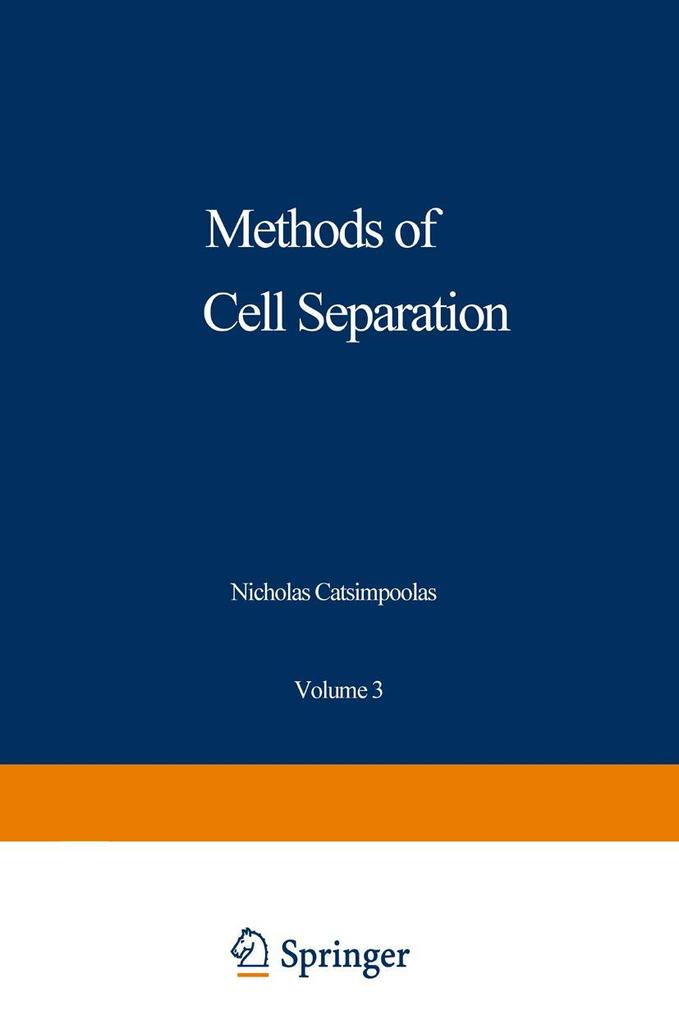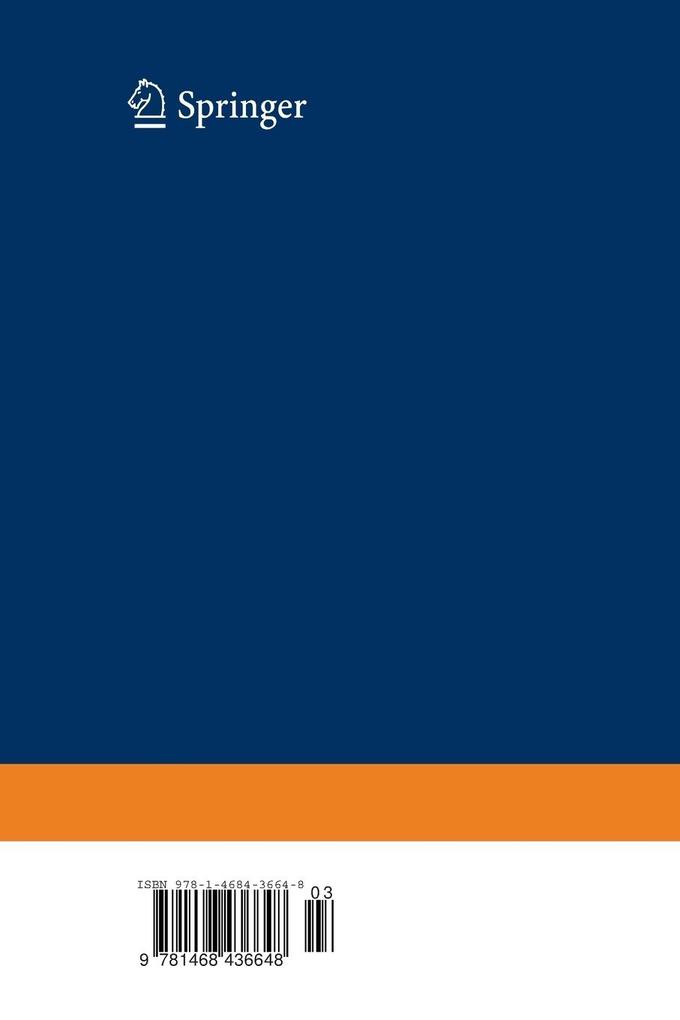
Zustellung: Di, 03.06. - Do, 05.06.
Versand in 2 Tagen
VersandkostenfreiBestellen & in Filiale abholen:
Presently, the need for methods involving separation, identification, and characterization of different kinds of cells is amply realized among immu nologists, hematologists, cell biologists, clinical pathologists, and cancer researchers. Unless cells exhibiting different functions and stages of differ entiation are separated from one another, it will be exceedingly difficult to study some of the molecular mechanisms involved in cell recognition, spe cialization, interactions, cytotoxicity, and transformation. Clinical diagno sis of diseased states and use of isolated cells for therapeutic (e. g. , immu notherapy) or survival (e. g, transfusion) purposes are some of the pressing areas where immediate practical benefits can be obtained by applying cell separation techniques. However, the development of such useful methods is still in its infancy. A number of good techniques exist based either on the physical or biological properties of the cells, and these have produced some valuable results. Still others are to be discovered. Therefore, the purpose of this open-ended treatise is to acquaint the reader with some of the basic principles, instrumentation, and procedures presently in practice at various laboratories around the world and to present some typical applications of each technique to particular biological problems.
Inhaltsverzeichnis
1 Computer Analysis of Lymphocyte Images. - I. Introduction. - II. Selection of Equipment. - III. Computer Programs. - IV. Analytical Tasks. - V. Application of Image Analysis to Biological Problems. - References. - 2 Principles of Continuous Flow Cell Separation in a Circumferential Flow Disposable Channel. - I. Introduction. - II. Design Concepts. - III. Channel Description. - IV. Channel Operation. - V. Channel Performance. - VI. Summary. - References. - 3 Magnetic Microspheres in Cell Separation. - I. Background. - II. Procedures. - III. Examples. - References. - 4 Isolation of Human Blood Phagocytes by Counterflow Centrifugation Elutriation. - I. Introduction. - II. Isolation of Granulocytes from Human Blood. - III. Isolation of Human Blood. - IV. Appraisal of Counterflow Centrifugation for the Isolation of Leukocytes. - References. - 5 Biological Methods for the Separation of Lymphoid Cells. - I. General Considerations. - II. Rosetting Methods. - III. Affinity Chromatography of Cells and Cellular Immunoabsorbent Methods. - IV. Elimination of Lymphocyte Subpopulations by Antisera Plus Complement Treatment. - V. Elimination of Specific Lymphocyte Subpopulations by Selective Incorporation of High-Specific-Activity Radioisotopes ( Suicide Methods). - VI. Separation of Lymphocyte Subpopulations by the Use of Lectins. - VII. Conclusions. - References.
Produktdetails
Erscheinungsdatum
18. März 2012
Sprache
englisch
Auflage
Softcover reprint of the original 1st edition 1980
Seitenanzahl
220
Reihe
Biological Separations
Herausgegeben von
Nicholas Catsimpoolas
Verlag/Hersteller
Produktart
kartoniert
Abbildungen
XII, 204 p.
Gewicht
326 g
Größe (L/B/H)
229/152/13 mm
ISBN
9781468436648
Entdecken Sie mehr
Bewertungen
0 Bewertungen
Es wurden noch keine Bewertungen abgegeben. Schreiben Sie die erste Bewertung zu "Methods of Cell Separation" und helfen Sie damit anderen bei der Kaufentscheidung.











